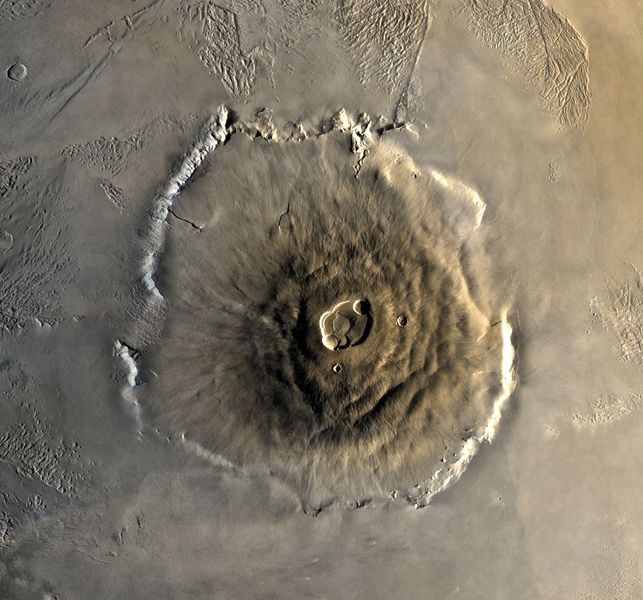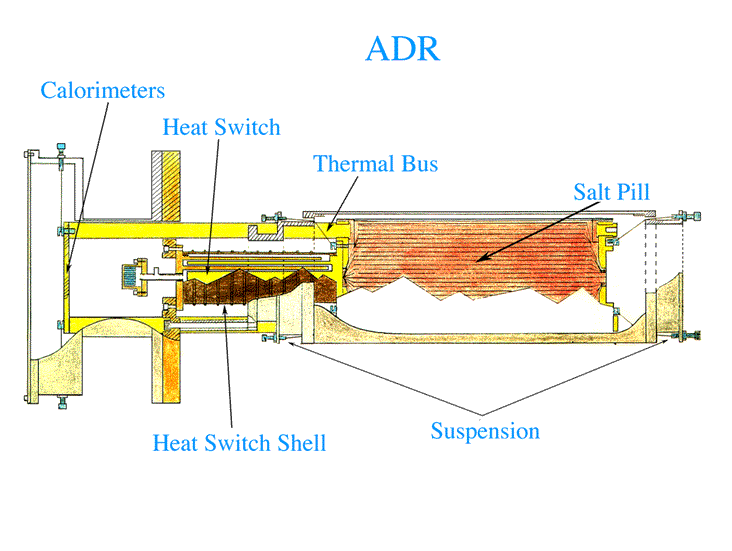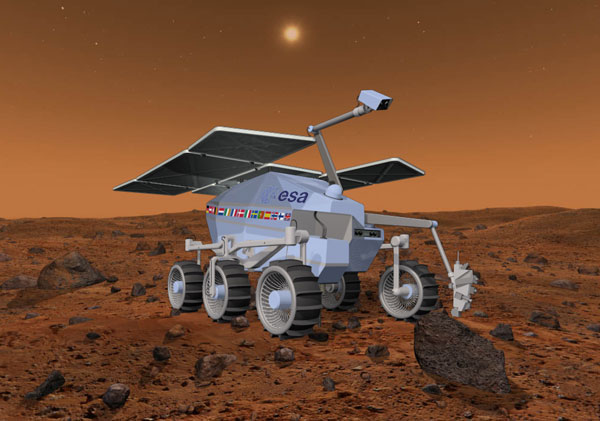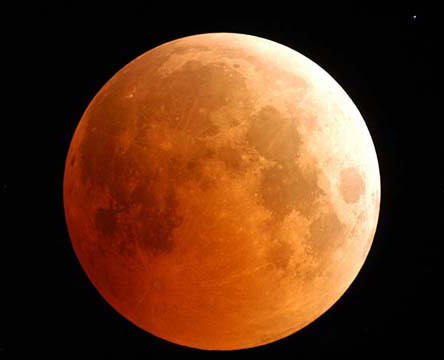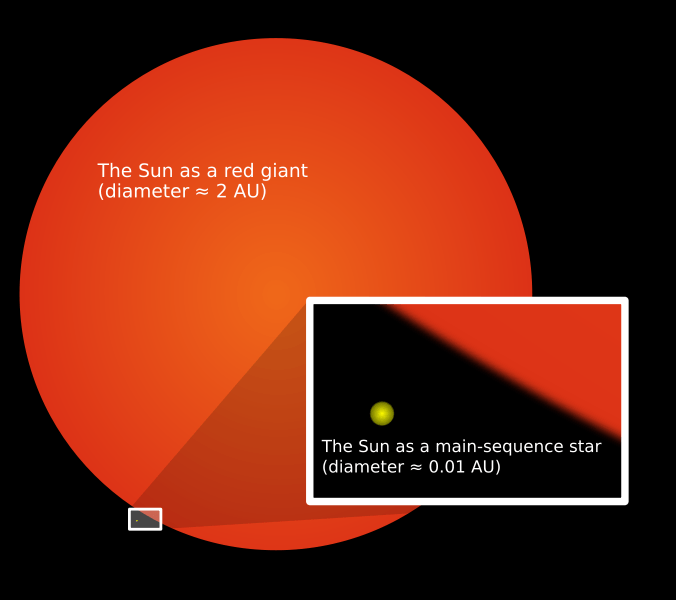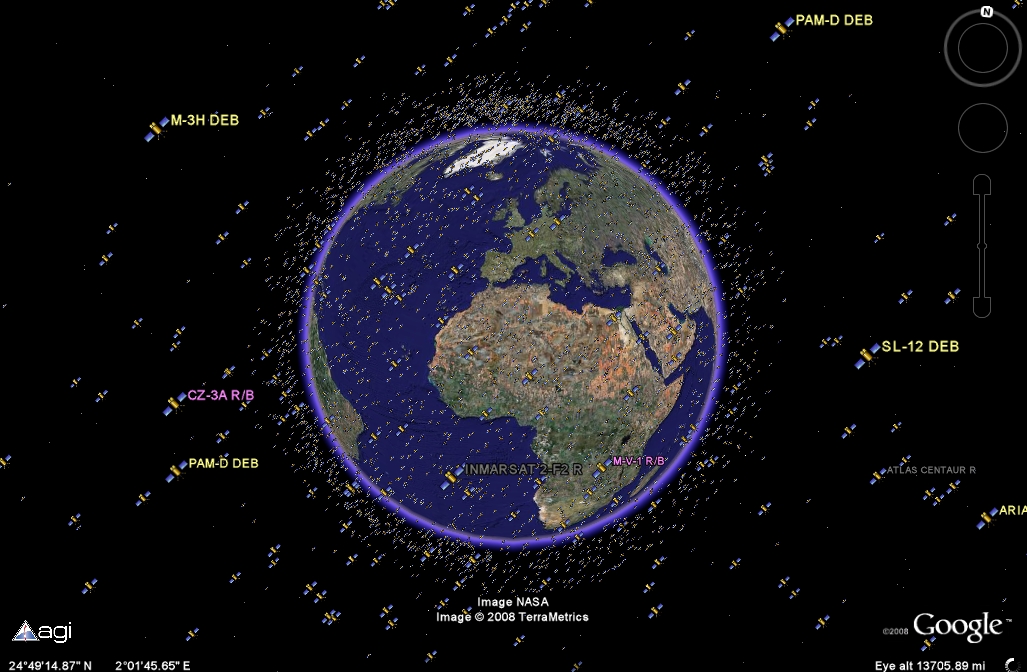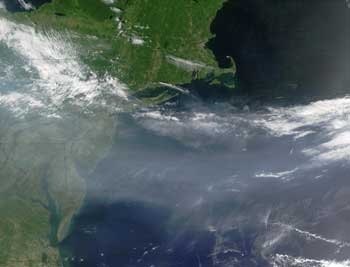[/caption]
There are many tall mountains around the world as well as on other worlds. Mount Everest is the highest mountain in the world at 8,848 meters. Mauna Kea is the tallest mountain in the world. The tallest mountain is measured from base to top while the highest mountain is measured from sea level to the top. Everest is located in the Himalayan mountain range in Nepal and near Tibet. Mauna Kea is located in Hawaii and is 10,200 meters from base to tip. From sea level though, it is only about 4,205 meters tall. Mauna Kea is an extinct shield volcano.
These are not the only tall mountains though. K2 is in the Karakoram mountain range on the border of Pakistan and China. It is 8,612 meters tall and is generally considered the second tallest mountain in the world. The Himalayans are home to many tall mountains besides Mount Everest. This includes Mount Kangchenjunga at 8,586 meters and Mount Lhotse I at 8,501 meters.
Most of the world’s tallest mountains are located in Asia; however, there are a number of tall mountains that are located on other continents. The seven tallest mountains in different continents are known as the Seven Summits. Climbing all seven mountains is a mountaineering challenge that was started in the 1980’s.The first of these is Mount Everest. Another summit is Aconcagua, which is a mountain in Argentina in South America. At approximately 6,962 meters, it is the tallest mountain in the Americas. North America’s tallest mountain is Mount McKinley at 6,194 meters. Mount Kilimanjaro can be found in Tanzania in the continent of Africa and is 5,895 meters tall. The large summit of Mount Kilimanjaro is covered with an ice cap that is receding and according to scientists will eventually be gone. Mount Elbrus, the tallest mountain in Europe at 5,642 meters, can be found in Russia. Vinson Massif is Antarctica’s tallest mountain at 4,897 meters. It is also very large being 21 kilometers long and 13 kilometers wide. Australia-Oceania’s largest mountain can be found in Indonesia. At 4,884 meters, it is Puncak Jaya, which is also known as the Carstensz Pyramid.
The tallest mountain that we know of is not even on Earth. It is located on Mars and is known as Olympus Mon. A shield volcano, Olympus Mon is 27,000 meters tall. Mars is not the only other planet with tall mountains though. Venus’ Maxwell Montes is 11,000 meters tall. Satellites also have tall mountains including our Moon, which has Mons Huygens at 4,700 meters tall. The moon Io has a mountain, Boösaule Montes, which is approximately 17,000 meters tall.
Universe Today has articles on tallest mountain and tallest mountain in the Solar System.
For more information, you should take a look at what are the world’s tallest mountains and highest mountains.
Astronomy Cast has an episode on Earth you will find interesting.
Sources:
http://en.wikipedia.org/wiki/List_of_highest_mountains

